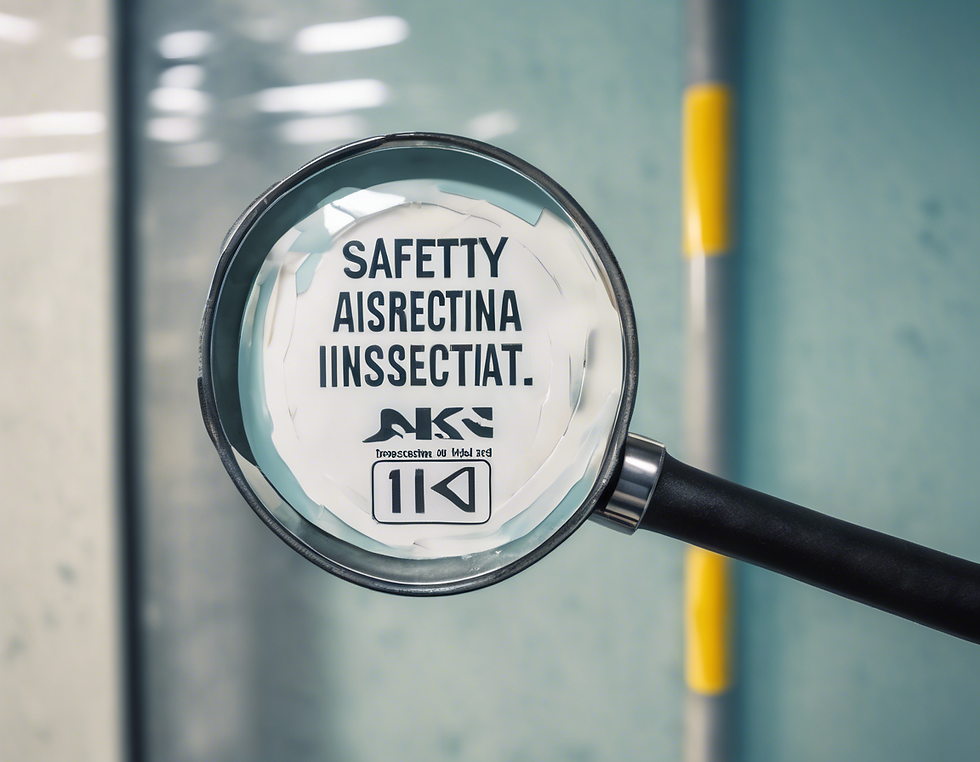Top Tips for Effective Infection Control Audits
- Gleeson Healthcare Consultancy
- Feb 25
- 2 min read
Updated: Mar 2
Infection control audits are a critical aspect of maintaining a safe and clean healthcare environment. These audits help identify potential risks, ensure compliance with regulations, and ultimately protect both patients and staff from infections. At Gleeson Healthcare Consultancy, we understand the importance of effective infection control audits and strive to provide unique and thorough assessments for our clients.

Here are some top tips for conducting effective infection control audits:
Stay Current with Guidelines: It's essential to stay up-to-date with the latest industry guidelines and regulations regarding infection control. This includes guidelines from reputable organizations such as the Centers for Disease Control and Prevention (CDC) and the World Health Organization (WHO).
Thorough Documentation: Proper documentation is key to a successful audit. Make sure to document all findings, observations, and recommendations in a clear and organized manner. This will not only help track progress but also provide a reference point for future audits.
Utilize Technology: Leveraging technology can streamline the audit process and make it more efficient. There are various software solutions available that can help with data collection, analysis, and reporting.
Collaborate with Staff: Engaging frontline staff in the audit process can provide valuable insights and perspectives. They are often the ones directly involved in patient care and can offer unique observations that may not be apparent to external auditors.
Focus on High-Risk Areas: Be sure to focus on high-risk areas within the healthcare facility, such as operating rooms, intensive care units, and areas with immunocompromised patients. These areas require extra attention and vigilance.
Continuous Training: Regular training and education on infection control practices are crucial for maintaining a safe environment. Make sure staff are well-informed on best practices and protocols.
Follow-Up and Follow-Through: Conducting the audit is just the first step. It's essential to follow up on recommendations and ensure that corrective actions are implemented in a timely manner. Regular follow-up audits can help track progress and identify any recurring issues. By following these top tips, healthcare facilities can ensure they are effectively managing infection control and maintaining a safe environment for patients and staff. At Gleeson Healthcare Consultancy, we are committed to helping our clients achieve excellence in infection control management through our unique and thorough audit services. For more information on our infection control audit services, please contact us at Gleeson Healthcare Consultancy.


Comments